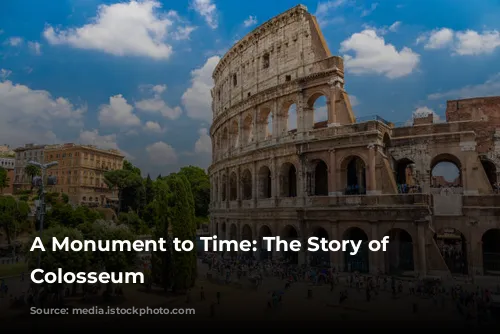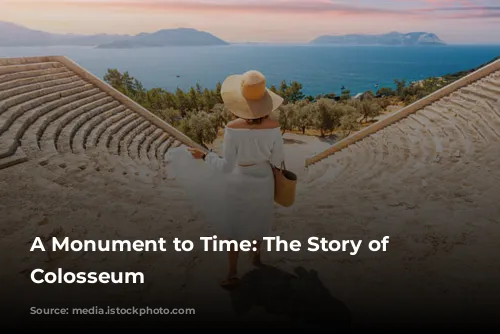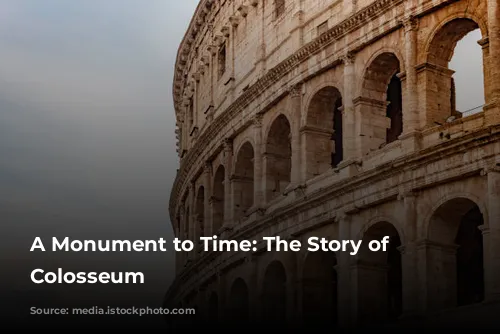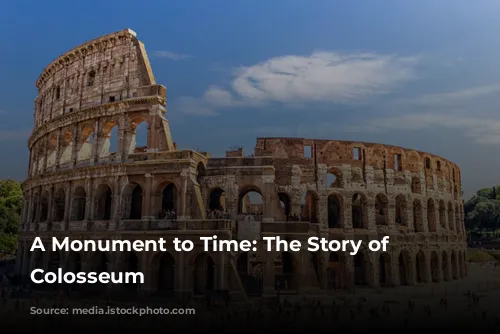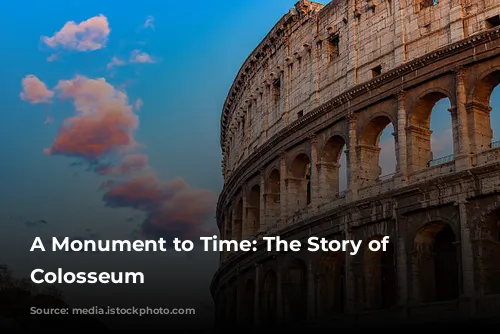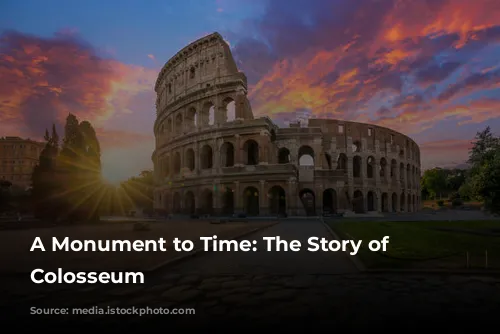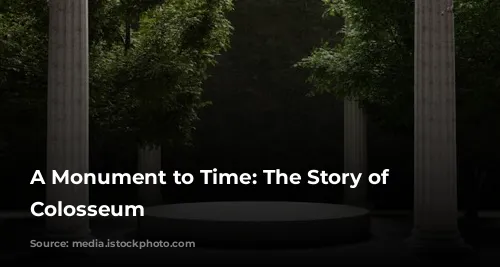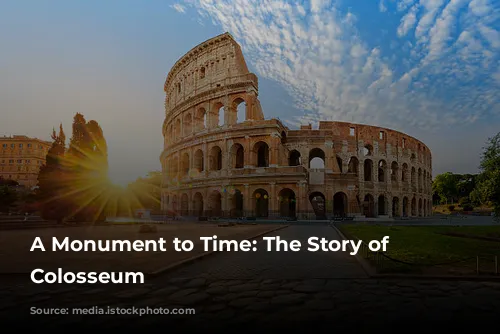The Colosseum, a symbol of Rome’s power and grandeur, boasts a rich history that stretches back centuries. This iconic structure, once the heart of gladiatorial battles and thrilling wild animal hunts, has witnessed the rise and fall of the Roman Empire.

From Gladiator Games to a City Within
Imagine a bustling arena where thousands of spectators eagerly awaited the spectacle. Gladiators, clad in armor, fought for their lives, while wild beasts, from lions to elephants, were pitted against each other and against human opponents. The Colosseum, initially known as the Flavian Amphitheater, was built under Emperor Vespasian as a gift to the Roman people, hoping to appease them after the tumultuous rule of Emperor Nero.
The Colosseum’s inauguration was a grand spectacle, with 100 days of games orchestrated by Titus, Vespasian’s son. The amphitheater, however, wasn’t simply a stage for entertainment; it became a bustling city within itself, where gladiators trained, animals were kept, and workers toiled.
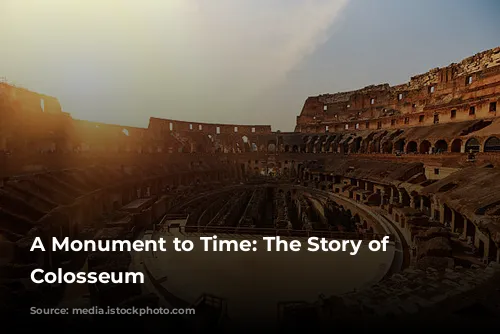
A Changing Landscape: From Arena to Cemetery
The Colosseum’s purpose gradually shifted over time. Gladiatorial combat, which had once been a popular form of entertainment, eventually faded into history, and the arena was no longer used for its original purpose. The Colosseum was repurposed, becoming a cemetery, where the arena floor was used as a burial ground. The cavernous spaces under the seats became homes and workshops, providing shelter and livelihood to the city’s inhabitants.
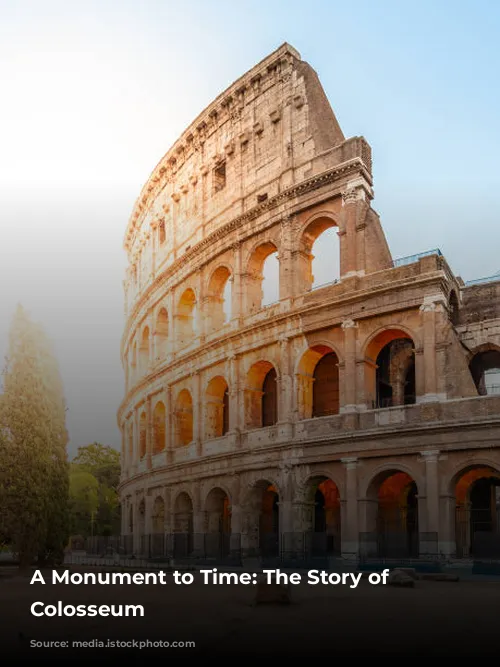
A Fortress and a Fall from Grace: The Colosseum’s Transformation
The Frangipani family, a prominent Roman clan, took control of the Colosseum, transforming it into a fortified castle. This act, though initially meant to protect the structure, ultimately contributed to its decline. Earthquakes ravaged the Colosseum, causing significant damage, including the collapse of a large section of its outer wall.
The city’s inhabitants, faced with the need for building materials, began to strip the Colosseum of its stones, reusing them in other constructions. The iron clamps, which once held the stones together, were melted down, their purpose forgotten. The Colosseum, once a symbol of Roman strength, was slowly falling into ruin.
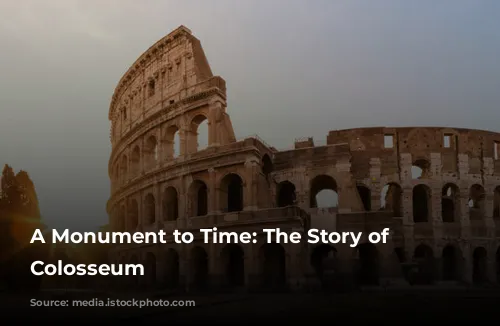
A Rebirth: From Decay to Sanctuary
Despite its decline, the Colosseum found renewed purpose. Pope Benedict XIV, believing the Colosseum to be a holy place due to the blood of Christian martyrs spilled in the arena, consecrated the building. This act marked a turning point, initiating a series of restoration projects aimed at preserving this monumental structure.
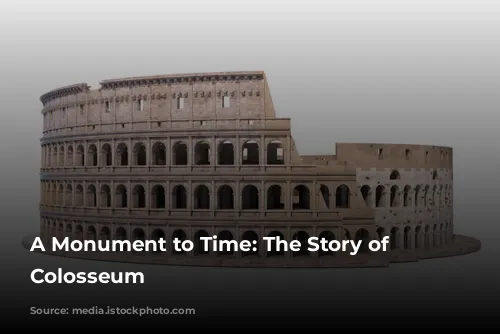
A Modern Marvel: The Colosseum’s Legacy
Today, the Colosseum stands as a testament to Rome’s vibrant past. Its majestic facade, cleaned and preserved, welcomes millions of visitors each year, making it Italy’s most popular tourist attraction. This ancient structure, now over 1900 years old, is a reminder of the ingenuity and resilience of those who came before us, and a symbol of the enduring power of history.

